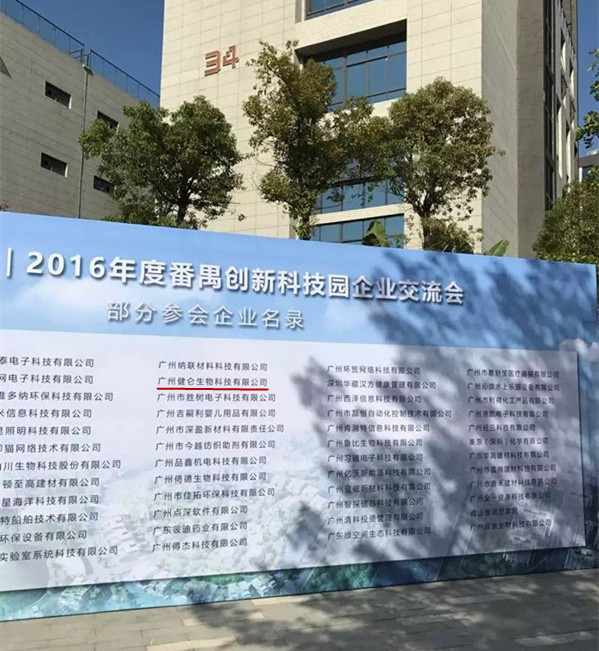- 產品描述
諾瓦克病毒抗原抗體檢測試劑盒
廣州健侖生物科技有限公司
主要用途:用于檢測糞便標本中的諾如病毒抗原,以支持諾如病毒感染的診斷。
產品規格:20T/盒
存儲條件:2-30℃
諾瓦克病毒抗原抗體檢測試劑盒
【產品介紹】
【產品性能指標】
在驗證實驗中,用諾如病毒抗原快速檢測試劑卡(免疫層析法)檢測113 例糞便樣本。樣本
從胃腸炎患者的糞便中采集,既有散發病例,也有爆發病例。樣本收集于2007-2008 年的冬季,在德國漢堡的城市地區采集。在當地的衛生研究所,用RT-PCR 的方法檢測新鮮的樣本后,將樣本凍存。2008 年7 月,將冰凍的樣本融化后,在與之前相同的實驗室,用諾如病毒抗原快速檢測試劑卡(免疫層析法)和已上市的諾如病毒抗原檢測試劑盒(酶聯免疫法),同時進行檢測。
【注意事項】
1. 僅用于體外診斷。
2. 實驗必須由經過專業培訓的人員操作。必須嚴格按照醫學實驗室的規章制度操作。
3. 產品操作時必須嚴格按照說明書操作。
4. 樣品稀釋緩沖液中含有Kathon CG 作為防腐劑,此物質不能接觸皮膚或粘膜。
5. 樣本和試劑不可以用嘴吸取。
6. 樣本和試劑避免接觸受傷的皮膚或者粘膜。
7. 處理樣本時應該戴一次性手套,完成試驗后要洗手。
8. 禁止在樣本和試劑實驗區域內吸煙、吃東西或喝水。
9. 所有試劑和材料如果接觸有潛在感染性的樣本,應與樣本一樣,立即用適當的消毒劑(如:
次氯酸鈉)或者高壓高溫121℃至少1 小時處理。
10. 諾如病毒抗原快速檢測試劑卡(免疫層析法)必須在效期內使用。所有的試劑都被調整
為zui適宜的活性狀態。稀釋或改變這些試劑將減少其活性。如果不按照說明中的時
間和溫度進行操作,將會導致錯誤的結果。
11. 不同批號的諾如病毒抗原快速檢測試劑卡(免疫層析法)試劑盒中的試劑不可以混用。
12. 試劑和樣本必須避免微生物的污染,否則將會影響檢測結果。
13. 吸取每個樣本時,必須使用不同的吸管,以防止交叉污染及錯誤結果
14. 每個檢測卡只可使用一次
【注意事項】
1. 僅用于體外診斷。
2. 實驗必須由經過專業培訓的人員操作。必須嚴格按照醫學實驗室的規章制度操作。
3. 產品操作時必須嚴格按照說明書操作。
4. 樣品稀釋緩沖液中含有Kathon CG 作為防腐劑,此物質不能接觸皮膚或粘膜。
5. 樣本和試劑不可以用嘴吸取。
6. 樣本和試劑避免接觸受傷的皮膚或者粘膜。
7. 處理樣本時應該戴一次性手套,完成試驗后要洗手。
8. 禁止在樣本和試劑實驗區域內吸煙、吃東西或喝水。
9. 所有試劑和材料如果接觸有潛在感染性的樣本,應與樣本一樣,立即用適當的消毒劑(如:
次氯酸鈉)或者高壓高溫121℃至少1 小時處理。
10. 諾如病毒抗原快速檢測試劑卡(免疫層析法)必須在效期內使用。所有的試劑都被調整
為zui適宜的活性狀態。稀釋或改變這些試劑將減少其活性。如果不按照說明中的時
間和溫度進行操作,將會導致錯誤的結果。
11. 不同批號的諾如病毒抗原快速檢測試劑卡(免疫層析法)試劑盒中的試劑不可以混用。
12. 試劑和樣本必須避免微生物的污染,否則將會影響檢測結果。
13. 吸取每個樣本時,必須使用不同的吸管,以防止交叉污染及錯誤結果
14. 每個檢測卡只可使用一次
我司還提供其它進口或國產試劑盒:登革熱、瘧疾、西尼羅河、立克次體、無形體、蜱蟲、恙蟲、利什曼原蟲、RK39、漢坦病毒、深林腦炎、流感、A鏈球菌、合胞病毒、腮病毒、乙腦、寨卡、黃熱病、基孔肯雅熱、克錐蟲病、違禁品濫用、肺炎球菌、軍團菌、化妝品檢測、食品安全檢測等試劑盒以及日本生研細菌分型診斷血清、德國SiFin診斷血清、丹麥SSI診斷血清等產品。
歡迎咨詢
歡迎咨詢2042552662
二維碼掃一掃
【公司名稱】 廣州健侖生物科技有限公司
【】 楊永漢
【】
【騰訊 】 2042552662
【公司地址】 廣州清華科技園創新基地番禺石樓鎮創啟路63號二期2幢101-3室
【企業文化】



3.個案調查
根據疫情需要自行修改個案調查表,對病例逐一進行調查。也可將個案調查與病例搜相結合。調查方式可根據病例的文化水平及配合程度,選擇面訪、調查或自填式問卷調查等。
調查內容應包括人口統計學信息、發病和診療情況、暴露史等。暴露史信息主要關注發病前3天的暴露情況:①飲食史:各餐次進食時間、地點、品種及進食量,正常餐次外的進食情況等;②飲水史:飲水類型(市政供水、自備井水、桶裝水、瓶裝水等)、飲水習慣(生水、開水等)、飲用時間、地點和飲水量等;③與類似病例的接觸史:接觸時間、時長、接觸地點和方式等;④其他暴露:參加的集體活動、醫療機構暴露史等。 [4]
4.描述性分析
個案調查結束后,應快速建立數據庫,及時錄入收集的信息資料,按以下但不限于以下內容進行描述性流行病學分析:①描述病例中出現各種癥狀和體征、住院、死亡等指標的人數和比例,分析病例的臨床特征和疫情嚴重程度;②繪制流行曲線,描述病例的時間分布和推斷可能的暴露時間和方式;③利用上述收集的疫情發生機構平面圖,可繪制標點地圖或面積地圖,描述病例的地區分布;④按性別、年齡(學校或托幼機構常用年級代替年齡)、職業等人群特征進行分組,以及考慮飲食飲水可能存在差異的相關特征(住校和走讀,白班和夜班等)進行分組,分析各組人群的罹患率是否存在統計學差異,以推斷高危人群,并比較有統計學差異的各組人群在暴露史方面的異同,以尋找病因線。
3. Case investigation
According to the needs of the epidemic, the case-by-case questionnaire was revised and the cases were investigated one by one. Case studies and case searches can also be combined. The survey method can be based on the level of the case's culture and the degree of cooperation, choose interviews, ephone surveys or self-administered questionnaires.
Survey content should include demographic information, incidence and diagnosis, treatment history, and exposure history. Exposure history information mainly focuses on exposures during the first 3 days of onset: 1 Dietary history: time, place, type and food intake of each meal, food intake outside normal meal times, etc.; 2 drinking history: drinking water type (municipal water supply, self- Prepare well water, bottled water, bottled water, etc.), drinking habits (raw water, boiled water, etc.), drinking time, place, and amount of drinking water; 3 Contact history with similar cases: contact time, duration, place of contact, and manner ;4 Other exposures: participation in group activities, medical institution exposure history, etc. [4]
4. Descriptive analysis
After the completion of the case survey, a database should be quickly established and the information collected should be promptly entered. Descriptive epidemiological analysis should be performed based on, but not limited to, the following: 1 Number of persons describing various symptoms and signs, hospitalizations, and deaths in the cases And proportions, analyze the clinical features of the cases and the severity of the epidemic; 2 draw epidemiological curves, describe the time distribution of the cases and infer possible exposure times and methods; 3 use the above-mentioned collection of epidemiological agencies to draw punctuation maps or area maps. Describe the regional distribution of cases; 4 grouping by population characteristics such as gender, age (common age in schools or kindergartens), occupation, etc., as well as relevant characteristics that may have differences in dietary drinking water (live school and day trip, day shift and night shift, etc.) Grouping was conducted to analyze whether there was a statistically significant difference in the attack rate among the groups of people to infer high-risk groups, and to compare the similarities and differences in exposure history between groups with statistically significant differences in order to find the cause cues.



